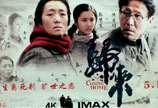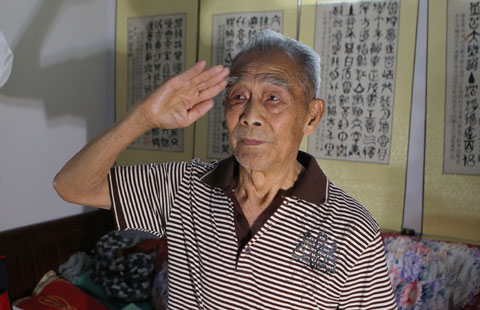Archives on the Nanjing Massacre
(Jilin Provincial Archives) Updated: 2014-04-25 19:04
|
 |
|
This is a report on the restoration of public security by a Japanese commander.Ohki Shigeru of Central China Kempeitai. The report reflected the 13 aspects of information about Nanjing and its surrounding areas from Feb 1 to Feb 10, 1938 which include general information, security forces, activities of autonomous committee, return of refugee, livelihood of residents, restoration of cultural facilities, which side the public support, information concerning anti-Japanese personnel and Chinese remnant soldiers, uncertainty of public support, major factors that affect public support, existence of comfort stations, factors slow down the restoration of public security and counter measures, and other major references. [Photo provided to chinadaily.com.cn] |
Six files in the archives are on the Nanjing Massacre. After the July 7th Incident in 1937, Japan’s overall aggression of China was started. On 13 December 1937, the Japanese troops captured Nanjing City. With the connivance of and even the order by Iwane Matsui, Commander of the Japanese Central China Area Army, the Japanese troops committed war crimes of large scale massacre, looting, rape and arson against unarmed Chinese civilians and surrendered Chinese soldiers in Nanjing City and the surrounding areas. These crimes lasted for over six weeks.
These archives mainly recorded the following:
Information in 13 aspects on Nanjing and its surrounding cities and counties, including the general information, deployment of the police and security forces, activities of autonomous committees, returning of refugees, daily life of residents and restoration of cultural facilities, etc. from 1 to 10 February 1938;
Information on restoration of order in areas south of the Yangtze River with Shanghai as the center from 1 to 10 February 1938;
Information on the “sweeping attack“ by the Sukekawa Unit and the navy, including the astonishing scene of dead bodies covering an area 1,000 to 1,500 meters long from Zhongzheng Road to the lower reaches of the Yangtze River;
Ohno Hiroiti, Head of China Garrison Kempeitai, wrote in his family letter that “according to the newspaper reports yesterday, the Japanese soldiers raped tens of thousands of Chinese women in Nanjing, even including 12-year-old girls. The number of women who were raped and then killed was too large to count. It is really cold blooded.“
- More female officials caught in corruption
- Whampoa veterans recorded with glory
- Police bust 9 terrorist groups in Xinjiang
- Knife-wielding attackers seized in Xinjiang
- New regulation leads to drop in petitioned cases
- Hunan plant shut as probe into lead poisoning begins
- Police boost efforts to combat gambling
- Project offers jobs openings to legal experts
- Experts: Dog meat festival 'illegal'
- Nation looks to upgrade
pipeline networks






